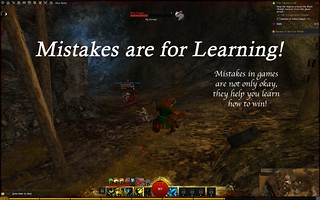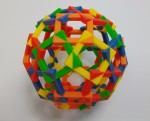[This is part of a series of posts I’m writing as I reflect on another online course I’m taking this summer, Stanford University’s EDUC115N How to Learn Math. Sure, I’m a Science teacher but I have taught Math so I’m familiar with Math instruction. Besides, we do use Math in Science so it’s not like I don’t do any Math with my students and my NB certification is an early adolescent generalist, which means I’m an integrationist at heart.]
 Here are some of my favorite quotes from the course thus far:
Here are some of my favorite quotes from the course thus far:
What employers value and need kids to do when they leave school and enter work:
“So the things therefore the flexibility, the team work, communications and the sheer persistence.”
Dr. Jo Boaler
Also get away from what Guy Brousseau calls the didactic contract where a student attempts math problem, calls teacher over to help and EXPECTS teacher to lead him step by step. That takes away all cognitive demand and learning for student. But teacher feels that it his responsibility to help his student by showing him the way:
“So it also reflects what French scholar Guy Brousseau termed the didactic contract. And he pointed out that what often happens in classrooms is this. Students get stuck on a question and they call the teacher over for help, and they want to be led step by step through the work. But that takes out the cognitive demand of the problem, and the trouble is, kids don’t expect to struggle and they want to be helped with each step. And teachers in their turn feel an implicit contract that says they should help students who need help. So both the teachers and the students work within this contract, and they work together to empty the interaction of learning. And that’s what’s called the didactic contract, and it’s been widely recognized and a lot of work done on it in France and across the world.”
Dr. Jo Boaler
Hell of a quote!!!!
“Now, of course, we want our students to do well on tests. But it turns out that having them do a lot of tests is not how we get there. In fact, it’s probably the opposite of how we get there.”
Dr. Jo Boaler
“So, again quoting from Alina Tugend in the New York times:
‘If students are afraid of mistakes, then they’re afraid of trying something new, of being creative, of thinking in a different way. They’re scared to raise their hands when they don’t know the answer, and their response to a difficult problem is to ask the teacher rather than try different solutions that might – gasp be – wrong. They are, as one teacher told me, victims of excellence.‘”
Idea to use with students:
“convince yourself, convince a friend, convince a skeptic.”
“How they thought students received fixed mindset messages in schools? Where do they come from? And the number one reason chosen, which I agree with, was the ability grouping that’s used in schools, whether we call it tracks or sets. And I think that’s right. The biggest fixed mind set message we give to kids is to tell them you’re low, high, or middle ability.”
Dr. Jo Boaler



















































